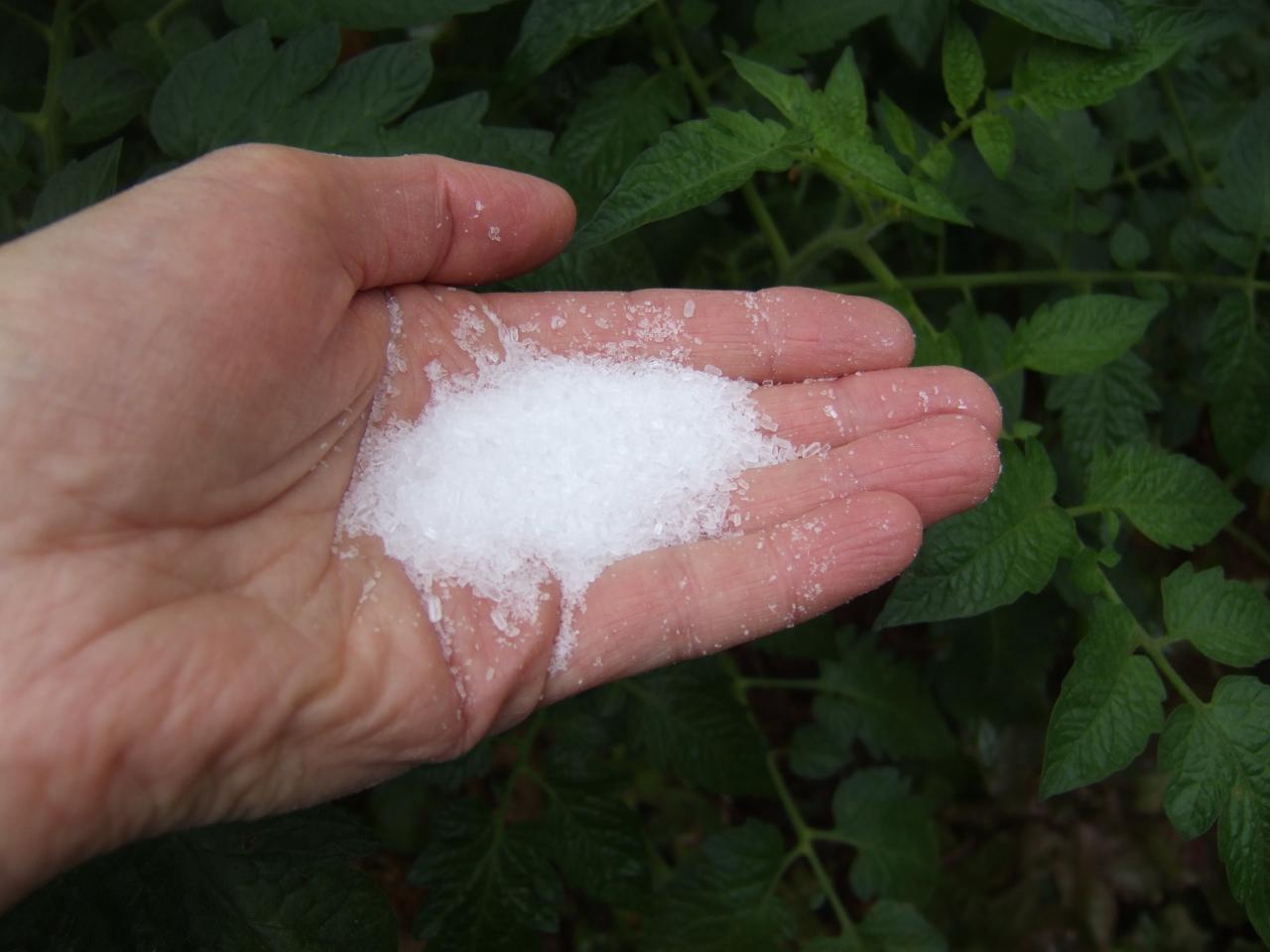Horticulture Tips: What Plants Don't Like Epsom Salt and The Reason Why
Horticulture Tips: What Plants Don't Like Epsom Salt and The Reason Why
Blog Article
Explore Why Some Plants Decline Epsom Salt as a Nutrient Resource
In the detailed globe of plant nourishment, the being rejected of Epsom salt as a feasible nutrient source by some plants presents an interesting dilemma. Despite its abundant magnesium and sulfur web content, particular plant types seem to shun this conveniently available substance. The factors behind this careful actions delve into a complex interplay of plant absorption devices, the distinct chemical structure of Epsom salt, and plant-specific nutrient preferences. Understanding these aspects may drop light on the enigmas of why some plants decide out of using this apparently valuable nutrient source.
Plant Absorption Mechanisms
In delving into the complex realm of plant absorption devices, it becomes evident that the procedure is governed by an innovative interplay of molecular pathways and physical dynamics. Plants soak up nutrients mainly through their roots, making use of various transport systems to uptake crucial elements such as nitrogen, potassium, magnesium, and phosphorus. Magnesium, an essential element in chlorophyll synthesis and enzyme activation, plays a critical function in plant development and growth.
The absorption of magnesium entails a number of steps, starting with its accessibility in the dirt solution. When liquified, magnesium ions are taken up by plant roots via certain transportation healthy proteins embedded in the cell membrane layers. These proteins promote the activity of magnesium across the root cell walls and right into the plant's vascular system, where it is after that dispersed to various cells to sustain numerous physiological functions.
Comprehending the complex mechanisms behind magnesium absorption in plants clarifies just how this important nutrient adds to general plant wellness and productivity. By maximizing magnesium uptake paths, cultivators can boost crop returns and quality, highlighting the relevance of comprehending plant absorption dynamics for lasting agriculture techniques.
Epsom Salt Chemical Framework
The chemical structure of Epsom salt, also known as magnesium sulfate heptahydrate, exposes a distinctive setup of aspects that add to its special residential or commercial properties and applications. The 7 water molecules are freely adhered to the magnesium sulfate compound, permitting it to dissolve conveniently in water and be easily taken up by plants through their origins.
The crystal structure of Epsom salt forms monoclinic prisms, which are lengthened crystals with identical ends. This crystal shape affects the physical homes of Epsom salt, such as its appearance and solubility. Recognizing the chemical framework of Epsom salt is crucial for understanding its behavior as a nutrient resource and its communications with plants in agricultural and gardening practices.
Plant-Specific Nutrient Preferences
Plants exhibit distinct preferences for specific nutrients, emphasizing the importance of understanding their individual demands for optimal growth and growth. Comprehending these plant-specific nutrient preferences is crucial for maximizing plant returns, boosting decorative plant growth, and advertising total plant health and wellness.

Plant-specific nutrient preferences can additionally vary based on whether the plant is a monocot or dicot. By customizing nutrient supplementation to fulfill the precise demands of each plant varieties, growers can maximize plant growth, reduce nutrition waste, and support sustainable agricultural methods.

Dirt Ph and Nutrient Uptake
Given the crucial duty of plant-specific nutrient preferences in enhancing growth and wellness, recognizing the connection between dirt pH and nutrient uptake ends up being extremely important. Dirt pH plays a crucial duty in establishing the schedule of vital nutrients for plant uptake. Various plants have varying pH preferences for optimal nutrient absorption. Acidic soils with a lower pH are beneficial for plants like blueberries and azaleas, while alkaline soils with a greater pH fit plants such as lilacs and clematis.
On the various other hand, alkaline soils might limit the availability of nutrients like iron, copper, and zinc, impacting plant development. Preserving the appropriate pH level in the dirt is important for guaranteeing that plants can efficiently uptake the essential nutrients for their healthy growth and performance.
Genetic Factors in Nutrient Uptake
In the realm of plant nourishment, the interplay of hereditary elements significantly affects the uptake of essential nutrients important for plant development and advancement. Genetic aspects play a critical function in forming a plant's capability to absorb and use nutrients effectively. Variations in genes can affect the expression of transport healthy proteins responsible for i was reading this relocating nutrients across cell membranes. These transportation healthy proteins, such as channels and providers, are encoded by certain genetics that can vary amongst plant species or also within the same varieties.
In addition, genetic aspects also determine the performance of nutrient uptake mechanisms within plants. Some plants may possess genetic traits that improve their capability to scavenge nutrients from the soil successfully, offering them a competitive advantage in nutrient-poor environments. On the various other hand, hereditary variations can likewise lead to constraints in nutrient uptake, making certain plants a lot more vulnerable to deficiencies also when nutrients are plentiful in the dirt.
Understanding how hereditary factors influence nutrient uptake is crucial for developing techniques to enhance plant nutrition and enhance plant efficiency in numerous farming setups. By unwinding the hereditary systems involved in nutrient uptake, scientists can function in the direction of creating genetically improved plant varieties with boosted nutrient acquisition capacities.
Final Thought

In the intricate globe of plant nutrition, the being rejected of Epsom salt as a viable click here for more nutrient source by some plants poses an intriguing dilemma. what plants don't like epsom salt. Understanding these plant-specific nutrient preferences is essential for optimizing crop yields, enhancing decorative plant development, and advertising overall plant health and wellness
By customizing nutrient supplements to satisfy the specific demands of each plant species, growers can maximize plant development, decrease nutrient waste, and support sustainable farming techniques.
In the realm of plant nourishment, the interaction of genetic aspects considerably affects the uptake of necessary nutrients essential for plant growth and advancement. Understanding these intricacies in plant nutrient uptake is important for enhancing plant development and health in farming techniques.
Report this page